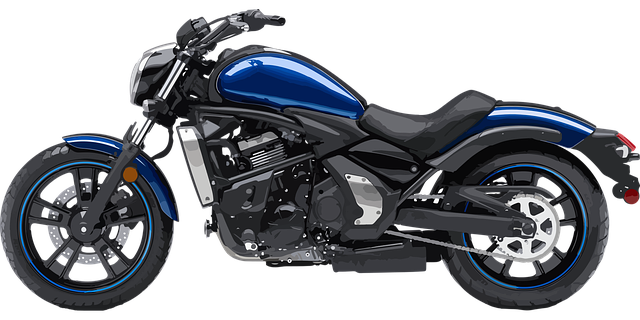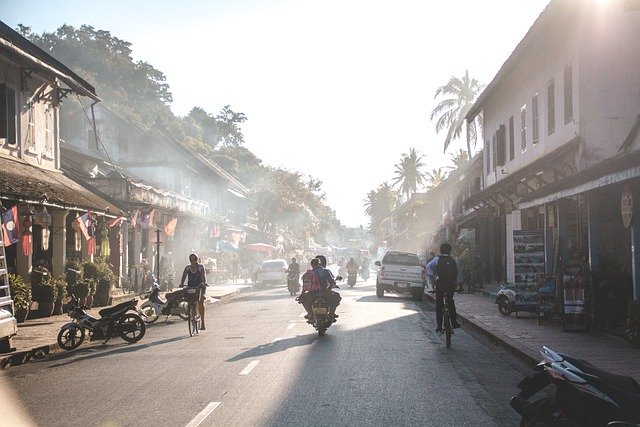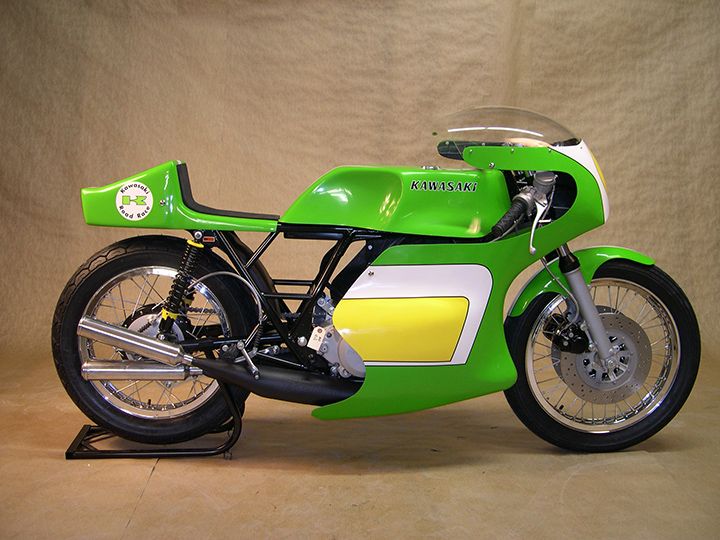The Kawasaki H2 Mach IV was a 750 cc 3-cylinder two-stroke assembly motorcycle constructed by Kawasaki Heavy Industries, another Kawasaki Triple sold from September 1971 to 1975.
Article Sponsor: Concrete Staining San Antonio
An average, factory-made H2 was capable of speeding and travel up to a fourth a mile in 12.0 seconds. Its handling was significantly superior to its predecessor and first Kawasaki Triple, the Mach III. By the criteria of its time, it was enough to make it the production bike to beat on the race track.
On the other hand, the H2 also came with its difficulties, just like the Mach III. In the former’s case, it had the propensity to pull wheelies and its driving felt somewhat less than solid when accelerating through corners, which led to a number of changed to be performed as the series and the design evolved. Still, it was the one that gave Kawasaki its reputation for their “terrifyingly fast, nice-looking, no holds barred” motorcycles, as described by the motorcycle journalist Alastair Walker.
As a whole, H2 device was a 3-cylinder two-stroke with an engine dislodgment of 748 cc (45.6 cubic inches) which created 74 horsepower (55 kW) at 6,800 rpm, a power-to-weight ratio of 1 hp (0.75 kW) to every 5.7 lb (2.6 kg) of weight – an entirely new engine and not a second 500. This turned it into the rapidest fast-tracking motorcycle in production; contrasting to the H1 500, the 750 had much more depleted locomotive speed rotating force, with a solid eruption of power beginning at 3,500 rpm to the 7,500 rpm red line.

The 1972 H2 came with a sole front disc brake, though a second disc brake was an elective piece to be included if wished by the racer; an all-new capacitor discharge ignition (CDI) system exclusive to the bike, a chain oiler, a navigation resistance curb and a hydraulic one, and a race end that accommodated the rear light in conjunction with a tiny stowage space. The 1973’s version received a few inconsequential mechanical modifications to the carburetor jets, oil injection pump and cylinder port timing in an attempt to get more MPG from the H2A. Nevertheless, these alterations did not affect the bike’s power and the 1972’s remained as the most powerful H2 model.
In 1974 the H2B’s device was adapted for more elegant performance but sacrificing raw power in exchange. Specifically, the power was decreased to 71 horsepower (53 kW) at 6,800 rpm.

Amongst the changes done to this model, there were:
The race tail was reduced.
An oil-based navigation curb and check valve were adjoined.
The oil injection structure was largely reformed with two isolated groups of injection lines.
Oil was inserted into the carburetors on an unconnected line with an outlet to each carburetor.
The oil dose to the bottom end courses (main and rod big ends) was taken as an array of three single lines.
A longer swing arm was added for bettering steadiness.
The final model had a weight of 459 lb. (208 kg).
Thanks for stopping by. Did you find what you were looking for? Did you learn something new today? Contact us with any questions or to submit a suggestion or tip. If we end up using one on our site, we will give you full credit. Does your business need San Antonio Concrete Staining? Visit our sponsor so we can continue to bring you valuable content.

